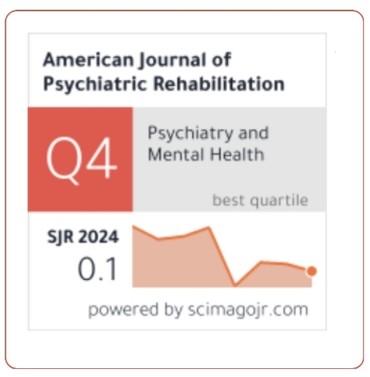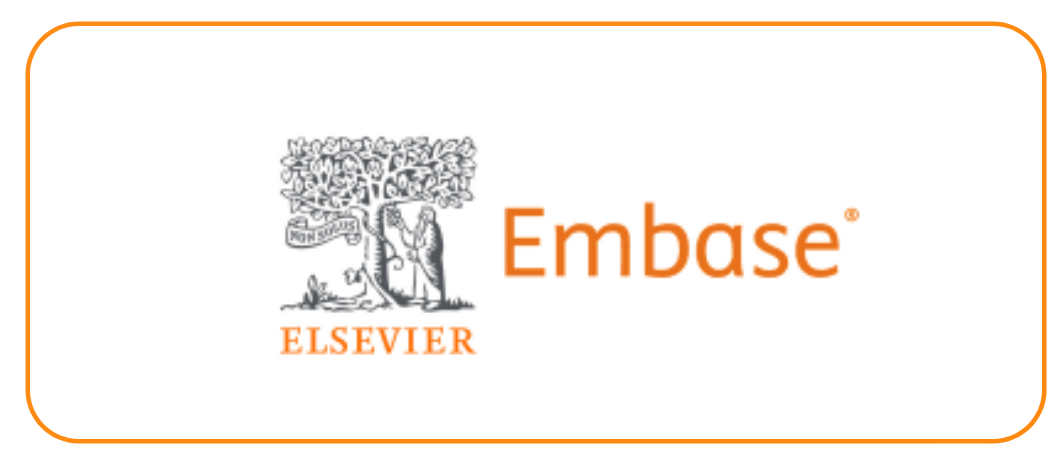“Feminist Reimaginings In 21st Century British Fiction: A Study Of Gender And Power In Contemporary Novels”
DOI:
https://doi.org/10.69980/ajpr.v28i1.85Keywords:
Feminist reimaginings, contemporary British fiction, gender performativity, intersectionality, patriarchy critique.Abstract
This research explores feminist reimaginings of gender and power in 21st-century British fiction, focusing on how contemporary novels challenge conventional gender roles. Using a feminist literary criticism framework, the study analyzes Girl, Woman, Other by Bernardine Evaristo, NW by Zadie Smith, How to Be Both by Ali Smith, and Ghost Wall by Sarah Moss. The research employs thematic analysis to examine how these novels subvert or reinforce gender norms and power relations, drawing on Judith Butler’s theory of gender performativity and Kimberlé Crenshaw’s concept of intersectionality. The findings reveal how contemporary British fiction portrays multifaceted and intersectional identities, critiquing patriarchy while illustrating the complexity of gender relations. This study contributes to feminist literary criticism by highlighting how British novels serve as instruments of social change, reimagining gender roles and power structures, and offering a multi-layered view of identity. The research suggests further exploration into cross-cultural feminist comparisons, emerging voices in feminist literature, and the adaptation of feminist narratives across media.
References
1. Butler, J. (1990). Gender Trouble: Feminism and the Subversion of Identity. Routledge.
2. Crenshaw, K. (1989). Demarginalizing the Intersection of Race and Sex: A Black Feminist Critique of Antidiscrimination Doctrine, Feminist Theory and Antiracist Politics. University of Chicago Legal Forum, 1989(1), 139-167.
3. Evaristo, B. (2019). Girl, Woman, Other. Penguin Random House.
4. Gilbert, S. M., & Gubar, S. (1979). The Madwoman in the Attic: The Woman Writer and the Nineteenth-Century Literary Imagination. Yale University Press.
5. Mills, S. (2003). Gender and Colonial Space. Manchester University Press.
6. Plain, G., & Sellers, S. (2007). A History of Feminist Literary Criticism. Cambridge University Press.
7. Showalter, E. (1977). A Literature of Their Own: British Women Novelists from Brontë to Lessing. Princeton University Press.
8. Tolan, F. (2020). Contemporary British Fiction: Gender and the Novel. Cambridge University Press.
9. Butler, J. (1990). Gender Trouble: Feminism and the Subversion of Identity. Routledge.
10. Crenshaw, K. (1989). Demarginalizing the Intersection of Race and Sex: A Black Feminist Critique of Antidiscrimination Doctrine, Feminist Theory and Antiracist Politics. University of Chicago Legal Forum, 1989(1), 139-167.
11. Gilbert, S. M., & Gubar, S. (1979). The Madwoman in the Attic: The Woman Writer and the Nineteenth-Century Literary Imagination. Yale University Press.
12. Mills, S. (2003). Gender and Colonial Space. Manchester University Press.
13. Plain, G., & Sellers, S. (2007). A History of Feminist Literary Criticism. Cambridge University Press.
14. Tolan, F. (2020). Contemporary British Fiction: Gender and the Novel. Cambridge University Press
15. Butler, J. (1990). Gender Trouble: Feminism and the Subversion of Identity. Routledge.
16. Crenshaw, K. (1989). Demarginalizing the Intersection of Race and Sex: A Black Feminist Critique of Antidiscrimination Doctrine, Feminist Theory and Antiracist Politics. University of Chicago Legal Forum, 1989(1), 139-167.
17. Evaristo, B. (2019). Girl, Woman, Other. Penguin Random House.
18. Foucault, M. (1978). The History of Sexuality, Volume 1: An Introduction. Pantheon Books.
19. Gaard, G. (2011). Ecofeminism Revisited: Rejecting Essentialism and Re-Placing Species in a Material Feminist Environmentalism. Feminist Formations, 23(2), 26-53.
20. Ledent, B., & Tunca, D. (2021). Post-Brexit Multicultural British Fiction. In The Cambridge Companion to British Fiction, 1945-2010 (pp. 225-238). Cambridge University Press.
21. Moss, S. (2018). Ghost Wall. Granta Books.
22. Showalter, E. (1977). A Literature of Their Own: British Women Novelists from Brontë to Lessing. Princeton University Press.
23. Showalter, E. (1981). Feminist Criticism in the Wilderness. Critical Inquiry, 8(2), 179-205.
24. Smith, A. (2014). How to Be Both. Penguin Random House.
25. Smith, Z. (2012). NW. Penguin Random House.
26. Whitehead, A. (2020). Memory, Feminism, and the Legacy of Patriarchy in Sarah Moss's Ghost Wall. Journal of Modern Literature, 43(2), 1-17.
27. Braun, V., & Clarke, V. (2006). Using Thematic Analysis in Psychology. Qualitative Research in Psychology, 3(2), 77-101.
28. Butler, J. (1990). Gender Trouble: Feminism and the Subversion of Identity. Routledge.
29. Crenshaw, K. (1989). Demarginalizing the Intersection of Race and Sex: A Black Feminist Critique of Antidiscrimination Doctrine, Feminist Theory and Antiracist Politics. University of Chicago Legal Forum, 1989(1), 139-167.
30. Denzin, N. K., & Lincoln, Y. S. (Eds.). (2018). The Sage Handbook of Qualitative Research (5th ed.). SAGE Publications.
31. Evaristo, B. (2019). Girl, Woman, Other. Penguin Random House.
32. Foucault, M. (1978). The History of Sexuality, Volume 1: An Introduction. Pantheon Books.
33. Moss, S. (2018). Ghost Wall. Granta Books.
34. Smith, A. (2014). How to Be Both. Penguin Random House.
35. Smith, Z. (2012). NW. Penguin Random House.
36. Braun, V., & Clarke, V. (2006). Using Thematic Analysis in Psychology. Qualitative Research in Psychology, 3(2), 77-101.
37. Crenshaw, K. (1989). Demarginalizing the Intersection of Race and Sex: A Black Feminist Critique of Antidiscrimination Doctrine, Feminist Theory, and Antiracist Politics. University of Chicago Legal Forum, 1989(1), 139-167.
38. Denzin, N. K., & Lincoln, Y. S. (Eds.). (2018). The Sage Handbook of Qualitative Research (5th ed.). Sage.
39. Evaristo, B. (2019). Girl, Woman, Other. Penguin Books.
40. Moss, S. (2018). Ghost Wall. Granta Books.
41. Smith, A. (2014). How to Be Both. Hamish Hamilton.
42. Smith, Z. (2012). NW. Penguin Books.
43. Whitehead, A. (2020). The Persistence of Patriarchy: Analyzing Gender Dynamics in Historical Fiction. Feminist Studies, 46(3), 507-530.
Downloads
Published
Issue
Section
License
Copyright (c) 2025 American Journal of Psychiatric Rehabilitation

This work is licensed under a Creative Commons Attribution 4.0 International License.
This is an Open Access article distributed under the terms of the Creative Commons Attribution 4.0 International License permitting all use, distribution, and reproduction in any medium, provided the work is properly cited.









